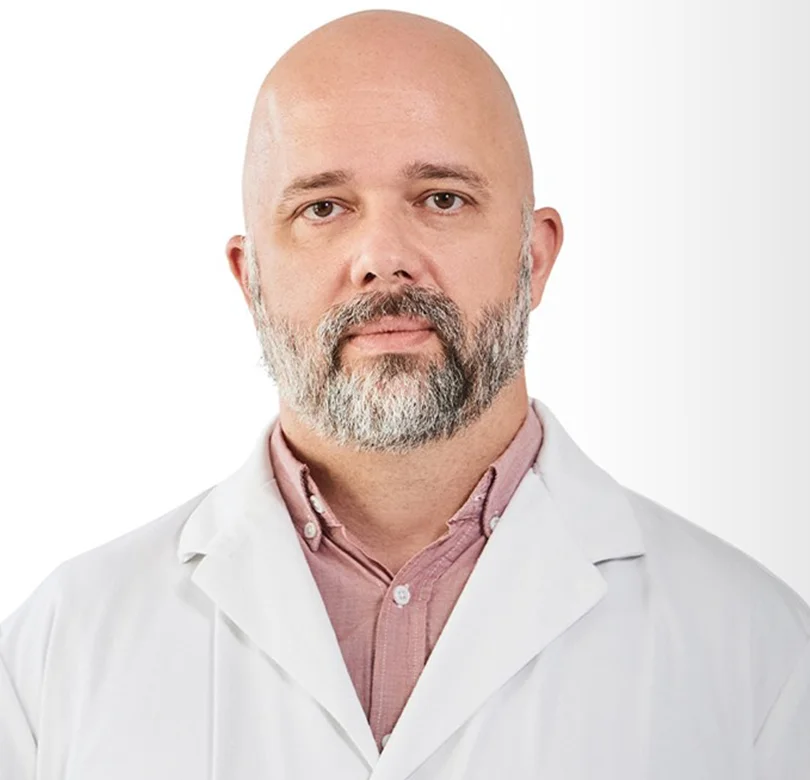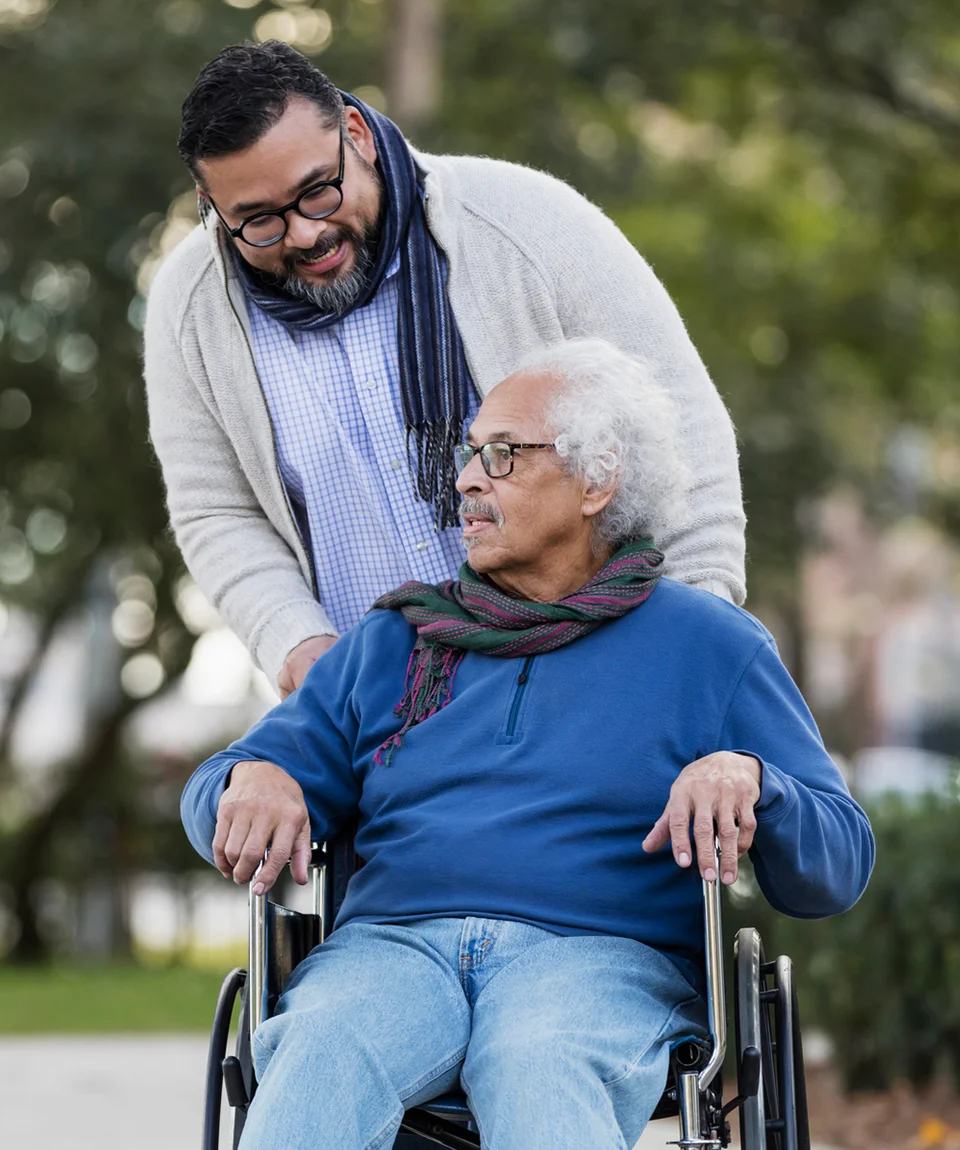What is coronary artery bypass surgery?
Coronary artery bypass surgery improves the blood flow to the heart muscle. It is commonly referred to as bypass surgery or Coronary Artery Bypass Graft (CABG, pronounced like cabbage) surgery.
Why is it done?
Bypass surgery is performed to improve blood flow problems to the heart muscle caused by the buildup of plaque (atherosclerosis) in the coronary arteries. The surgery involves using a piece of blood vessel (artery, vein) taken from elsewhere in the body to create a detour or bypass around the blocked portion of the coronary artery.
One alternative to bypass surgery is Percutaneous Cardiac Intervention (also known as angioplasty), a non-surgical technique that uses catheters and small structures called stents to keep the arteries open. If there are many blockages or if the blockages are positioned in places that are difficult for a catheter to reach (for example, at a bend in a blood vessel), your doctor may recommend bypass surgery as your best alternative.
By improving blood flow, bypass surgery may decrease heart-related chest pain (angina), make you feel better and increase your ability to be active.
Bypass surgery doesn’t cure the underlying heart disease. Lifestyle changes and medications as prescribed by your healthcare providers are critical to reduce atherosclerosis and blood clot formation to prevent another blockage.

Dr. Heit thinks immune system could hold key to preventing heart attacks.

What is done?
Bypass surgery
- A piece of a healthy blood vessel from the patient’s leg, arm, or chest will be “harvested” to be used as the bypass.
- Unless you are undergoing one of the newer procedures (minimally invasive bypass or off-pump or beating-heart surgery), the heart is stopped so the surgeons can work on it.
- A machine called the heart-lung machine will take over the work of your heart and lungs while the surgeon is operating on the heart.
- The section of the healthy blood vessel is attached above and below the blocked artery.
- When the heart is restarted, blood flow is diverted through the bypass around the narrowed portion of the diseased artery.
- Depending upon the number of blockages, several bypasses may be created.
Off-Pump or Beating-Heart Surgery
- This procedure is similar to bypass surgery, except the heart is not stopped and the patient is not put on a heart-lung machine.
- Using special equipment to stabilize or quiet the area of the heart, the surgeons work on the heart as it continues to beat.
What can you expect?
Usually, the surgery is scheduled ahead of time.
A week or so before your operation, you will probably be asked to visit your hospital’s pre-admission unit.
- Blood and urine tests, an electrocardiogram, and an X-ray may be performed.
Your doctor will explain the risks and benefits of the procedure and you will be asked to sign a consent form. You may be asked whether you, or inform your doctor if you:
- have ever had a reaction to any contrast dye, iodine, or any serious allergic reaction (for example, from a bee sting or from eating shellfish)
- have asthma
- are allergic to any medication
- have any bleeding problems or are taking blood-thinning medication
- have a history of kidney problems or diabetes
- have body piercings on your chest or abdomen
- have had any recent change in your health
- are, or may be, pregnant.
Bypass surgery may be performed the same day or you may be admitted the night before.
- The hair on your chest may be clipped.
- You will be asked to bathe using special antibacterial soap sponges to disinfect your skin.
- To reduce the risk of vomiting, you will be asked not to eat or drink after midnight the night before surgery.
A bypass is done under a general anesthetic, so you will be asleep throughout the procedure and for some time afterwards.
If you smoke, you should stop at least two weeks before your surgery, as smoking can contribute to blood clotting and breathing problems. Smoking is a major risk factor for the development of atherosclerosis and should be stopped altogether.
You will be very sleepy when you arrive in the operating room. The anesthesiologist will insert intravenous tubes and give you additional medication to put you to sleep. After you are completely asleep, all the equipment needed to help support you during the surgery and in your early recovery are put in place.
Unless you are undergoing off-pump or minimally invasive surgery, the heart must be stopped so the surgeons can work on it. To ensure your body continues to receive a flow of oxygen-rich blood, you will be hooked up to a heart-lung machine. This machine takes over the pumping action of the heart and the work of the lungs.
The surgery can take anywhere from 3 to 6 hours, depending upon the number of bypasses that are created. When you wake up, you will be in the recovery room or an intensive care unit (ICU). You can expect to stay in the hospital 5 to 7 days. How quickly you recover from surgery will depend in large part upon how healthy you were before the surgery and how well you tolerated the operation. If you have minimally invasive surgery, your hospital stay may be shorter and your recovery faster. When you return home, contact your doctor if you experience increased pain, redness, swelling, bleeding or discharge from an incision, fever or chills, breathing problems, swelling in the leg and abnormal heartbeats or for any other unusual physical problems.
Related information
- What to expect after your heart surgery (Hamilton Health Sciences)
- Treatment pros and cons (HeartHub)
